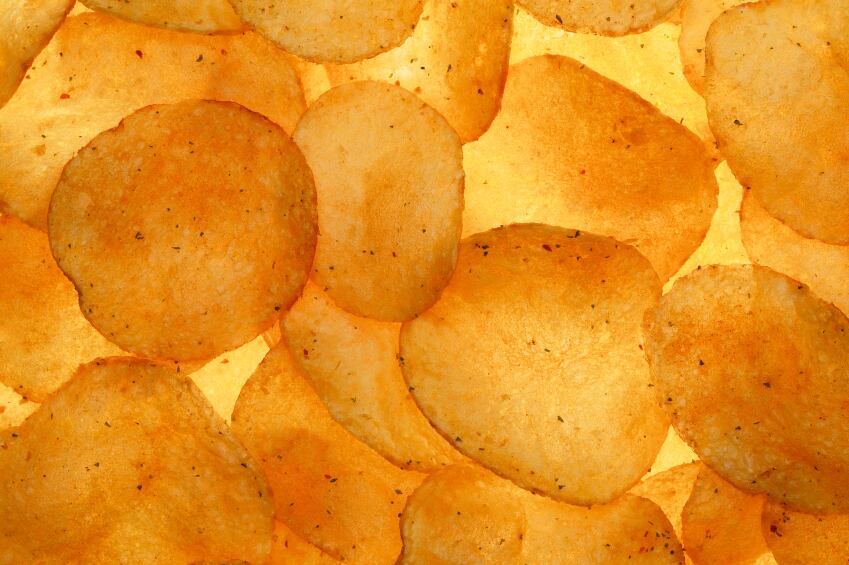ELEA – a spin-off from the German Institute of Food Technologies (DIL) – works exclusively with PEF technology for various food sectors, including potato chips, fries, vegetables, juice and meat, but most recently has developed lines specifically suited to potato chip manufacturing.
Speaking to BakeryandSnacks.com, ELEA CEO Nick Speakman said PEF presented huge promise for snack makers on various levels.
“What we do is manage the raw material – we make the best of the raw material and use less energy producing it into a better quality product,” he said.
Improving raw material
PEF technology perforated the potato cells with an electric pulse, he explained, which in turn softened the raw material for cutting – ensuring less breakages and better continuity.
How does PEF actually work?
PEF uses a high voltage electric pulse to perforate the cell wall of a raw material. This breakdown of the cell’s barrier function enables the structure of the material to be modified or microbial kill.
Because of improved slicing, he said there was then less fat uptake during cooking and manufacturers were also able to reduce cooking times by as much as 25%. Reduced cooking times at lower temperatures meant less energy use and better management of acrylamide formation, he added.
“It all adds up from the simple point of handling the potato correctly in the first place and allowing these benefits to take place through the process.”

The quality of the end product was also favorable, he said, with lighter coloring and homogenous shaping. “We’re also seeing improved eating quality – bite or crunchiness – and that is a key thing that probably outweighs coloring or flavoring.”
Asked if PEF could be used on other raw materials popular among snack makers, such as root vegetables, Speakman said it was indeed possible. “We are capable of treating any soluble vegetable product to improve its subsequent handling… The principle applies to all root crops.” He added that manufacturers could run these alternative raw materials on the same PEF line as potatoes.
The price to pay?
Implementing PEF technology was straightforward, Speakman said, as the lines integrated well with traditional processing machinery.
There was, of course, an upfront cost (as much as €750,000 for the larger machines), he said, but ELEA had several financing options including leases, lending and lower-priced options.
“Obviously as you come down through smaller lines, the cost reduces accordingly… But so far, with potato processing, it’s been great because people are seeing very fast payback periods – as little as six months.”
ELEA had already installed around 30 PEF machines globally, three or four of which were for potato chip manufacturers.
“This has been our first real step into the chip world. I’m not a potato expert, but I know we’re beginning to touch on the edges of what PEF can do here,” Speakman said.
